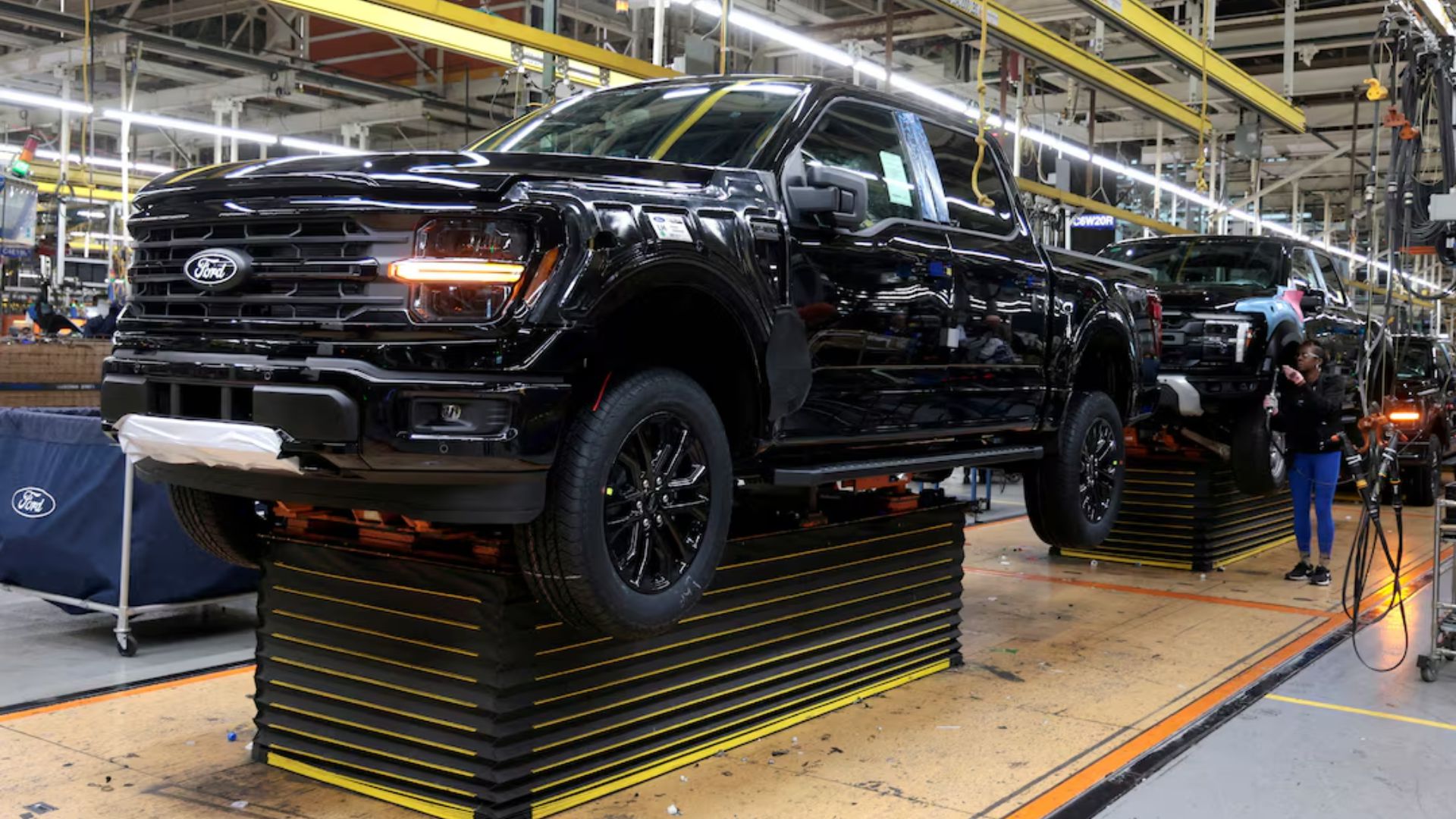DETROIT,(Reuters) – Ford Motor stock has tumbled about 8% so far this week after the company faltered on CEO Jim Farley’s mission to improve efficiency in its traditional gasoline-engine operations, whose profits the company needs to fund its expensive electric vehicle plans.
Quality and warranty problems, supplier issues and waste in the automaker’s 121-year legacy business have obscured its progress, Farley told analysts during a call to discuss quarterly earnings Monday. The automaker said annual results would be in the lowest range of its previous outlook.
“The biggest opportunity for the company clearly is cost and warranty,” Farley said on the call. “I’m proud of the progress but we’re not satisfied at all,” he later added.
Some on Wall Street are concerned about Ford’s ability to root out these perennial issues, which Farley has highlighted for years. Some investors also chafe at Ford’s decision to preserve cash and pay a dividend rather than engage in aggressive stock buybacks like Detroit rival GM.
Ford shares are down 13% this year, while rival General Motors is up 43% after consistently raising its outlook this year. Comparing the cross-town rivals as they navigate similar market forces is unavoidable, analysts and investors say.
“I wouldn’t say the results have been horrible at Ford in any one quarter, but second and third quarter definitely had some disappointments, and those disappointments are more magnified this year given how well GM’s stock is doing,” said Morningstar analyst David Whiston.
Differing cost structures at Ford and GM are clear when comparing revenue and earnings before interest and taxes. They recorded similar revenues in the third quarter, $49 billion for GM and $46 billion for Ford, yet GM’s EBIT, which takes revenue minus the cost of goods sold and operating expenses, was about 1.5 times larger than Ford’s at $4.1 billion.
“Ford has yet to narrow the $7bn cost gap that it cited vs. competitors,” Barclays analyst Dan Levy wrote in a research note, citing a gap that Ford executives have previously outlined. “This improvement has proven extremely elusive and it’s still unclear as to when it will occur.”
Ford cited quality problems as well as isolated events such as fallout from recent hurricanes in the U.S. Southeast and inflation affecting a plant in Turkey as the automaker cut its yearly outlook on its two main money makers: the commercial and gasoline-engine divisions.
The gasoline-engine vehicle operations are now expected to record around $5 billion in EBIT at year-end, down from the previously projected $6 billion to $6.5 billion range. Ford will only just meet the low end of its commercial outlook of $9 billion to $10 billion, and it needs strong profits in these divisions to offset an expected $5 billion loss on EVs this year.
GM’s aggressive stock buyback strategy has kept its investors satisfied, while Ford has focused on dividends. Last year, GM outlined a $10 billion stock buyback, and added a $6 billion stock buyback in June.
Ford has paid a 15-cent quarterly dividend this year. When asked Monday about returning more money to shareholders, Chief Financial Officer John Lawler said Ford is focused on paying out 40% to 50% of free cash flow, but hanging on to as much of the rest as possible.
“Where we’re at in the industry, where we’re at in the overall economic cycle, the uncertainty around the globe, right now, it’s the right thing to hang on to cash,” Lawler said.
GM had 1.1 billion shares available to trade at the end of the third quarter, down significantly from 1.5 billion at the start of 2021, according to company filings. Ford is at 3.9 billion shares, steady with its 3.9 billion common stock shares in early 2021.
Reporting by Nora Eckert; Editing by David Gregorio











